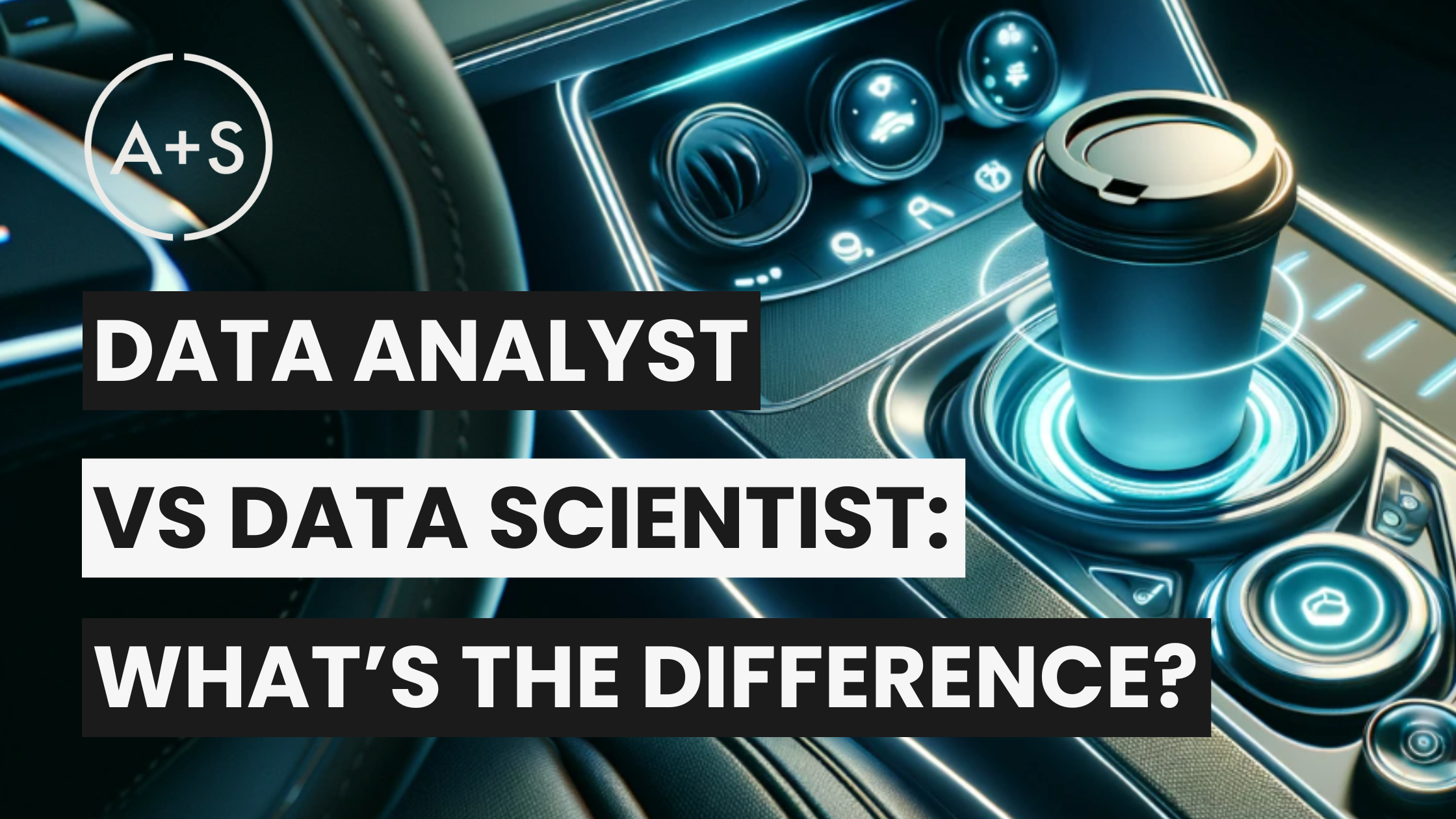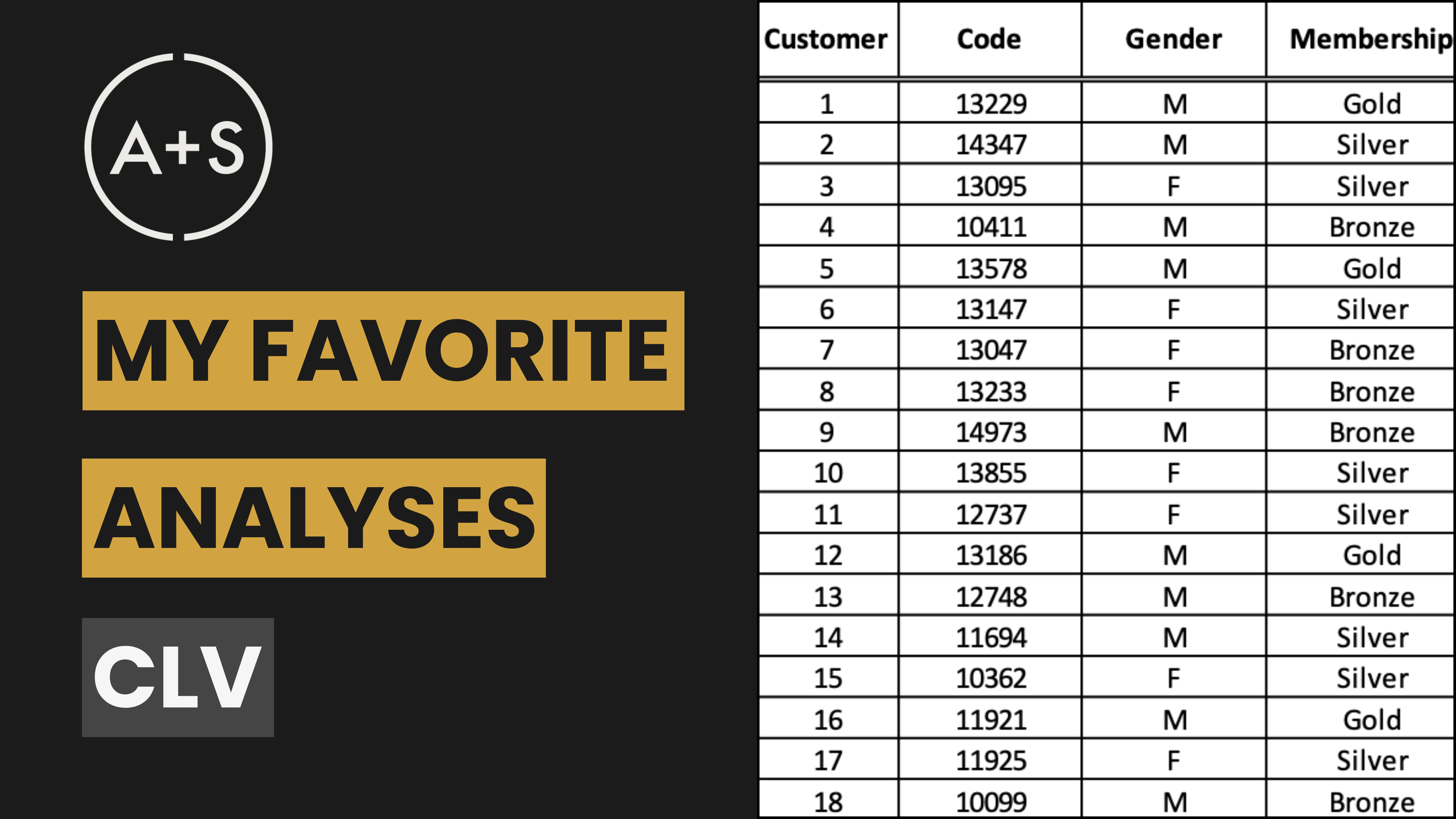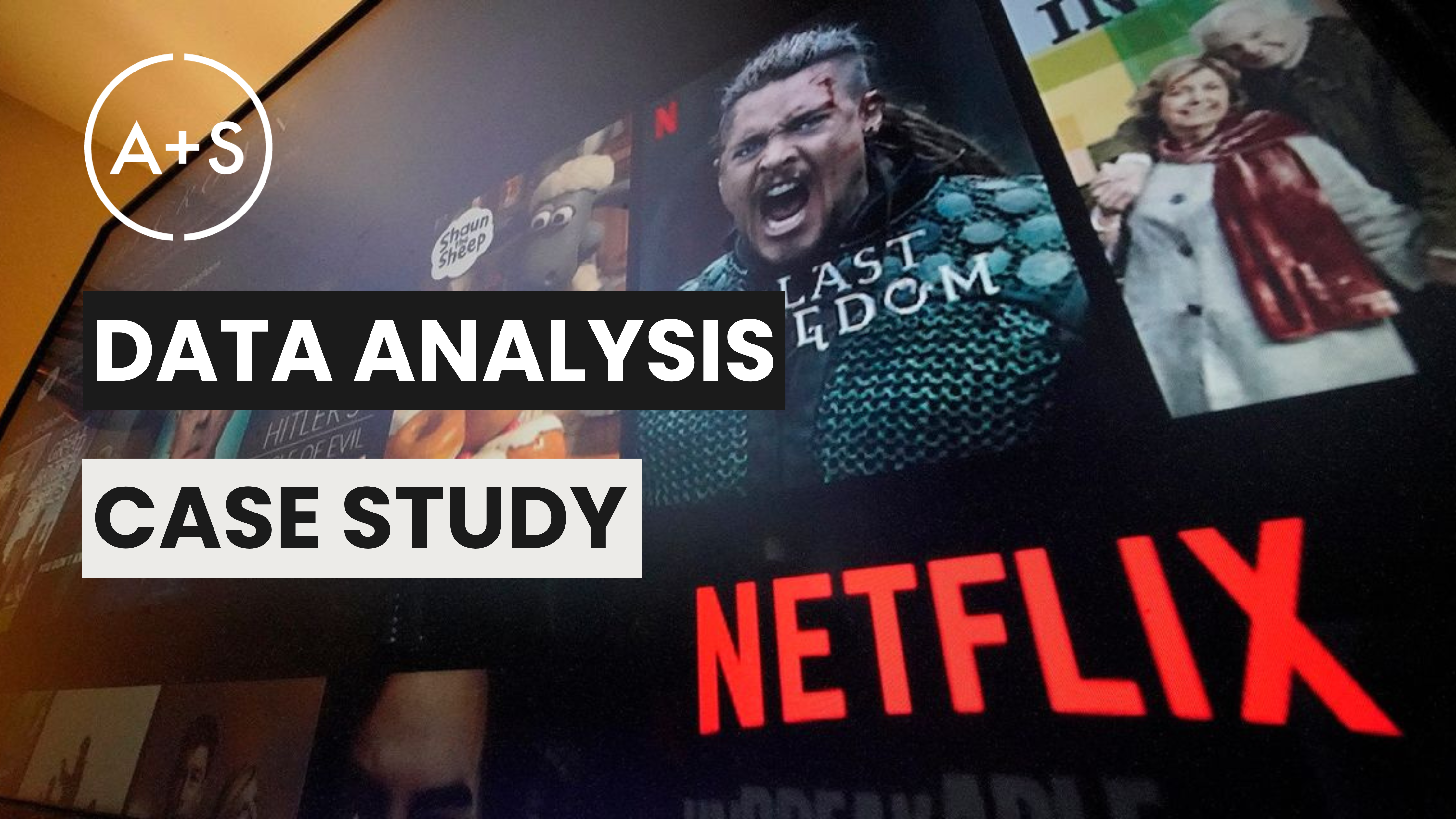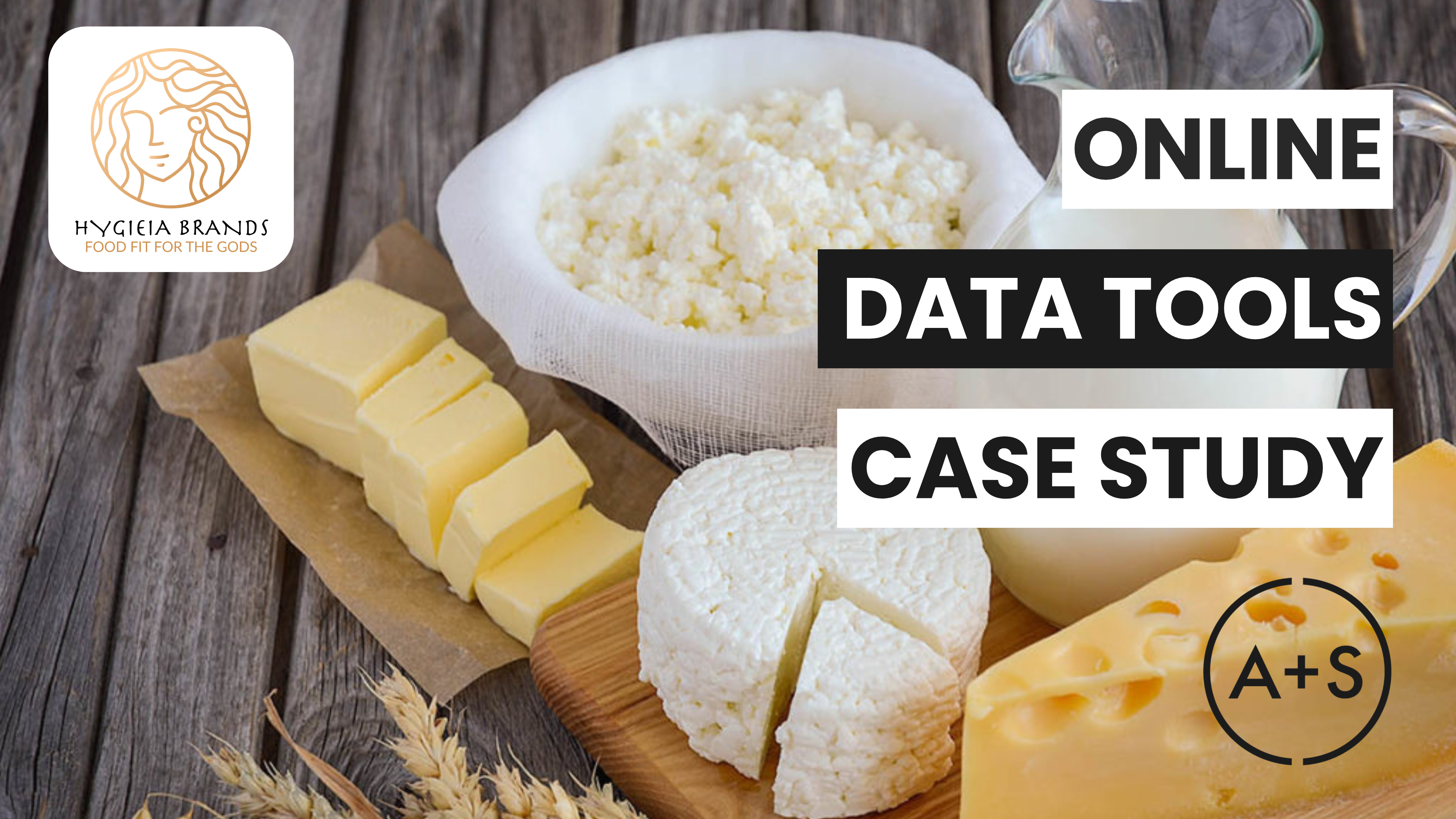Do you remember the first car that had a cupholder?
You probably don’t. Cupholders come in every car now, just like handles come on coffee cups and railings come along with stairs. But there was a first car that featured a cupholder and “The Cupholder Car” was doubtless hailed as an innovation (one with obviously high imitability, but a full VRIO analysis of the Cupholder Car is a topic for another blog post).
The concept of the cupholder in cars, now standard issue, introduced a significant convenience for drivers and passengers alike and while I don’t have data on this, I’ll bet having cupholders in cars dramatically reduced the number of wet laps and soggy seats. Moreover, the introduction of the cupholder represented a shift in automotive design, focusing on the everyday needs of consumers and raising the bar of evolving expectations. Above all, it was a distinction made through marketing.
In many ways, a “Data Scientist” is a modern day “Cupholder Car.” Let me explain.
Data Analysts Today: Interpreters of the Present
I’ve worked with, hired, and managed hundreds of analysts. I’ve been an analyst myself for the last 30 years. All analysts do roughly the same thing: they analyze data. In today’s digital world, it is data that drives decisions across all industries. As companies strive to harness the power of data, a number of roles have emerged and the most common are Data Analysts and Data Scientists. There are some subtle differences in the expectations and responsibilities that come along with those titles.
Data Analysts are known presently as the practical thinkers in the world of data. With their curiosity, intellect, and keen attention to detail, they sift through large amounts of data to uncover insights that solve problems. Data Analyst skills include SQL for database navigation, Python or R for statistical analysis, and tools like Tableau for visualizing complex data.
Their mission is to transform chaotic, unstructured data into actionable insights that businesses can use to make informed decisions. They are data storytellers, using numbers to communicate compelling and elegant narratives that guide strategies and operations.
Data Scientists Today: Predictors of the Future
I’ve worked with (and given titles to) a great number of Data Scientists as well. This role has evolved with the increasing ability to harness and forecast vast amounts of data. These days Data Scientists specialize in advanced machine learning, predictive analytics, and big data management. Their work not only anticipates future trends but also shapes them, making them pivotal in the data-driven landscape.
With a higher level of expertise, often supported by master’s degrees or Ph.Ds., they use tools like Python, R, and TensorFlow to foresee what lies ahead. Their predictions drive future strategies, delivering innovation and a competitive edge.
The Crossroads: A Faux (or Just Foolish) Choice?
At first glance, the roles of Data Analyst and Data Scientist may seem to present a fork in the road. One requires analytical skills for interpretation and storytelling, while the other utilizes scientific skills for prediction and innovation. However, is this truly a choice that must be made? Or is this just a distinction drawn through marketing?
As technology progresses, we see a convergence of business needs. Companies now need both an understanding of current performance and the ability to predict and prepare for future trends. This blurring of boundaries means that the traditional roles of Data Analysts and Data Scientists are no longer distinct challenges, but rather a unified need to utilize data to its fullest potential.
This convergence underscores a more existential trend: the expansion of analysis itself. With advancements in tools such as advanced analytics and machine learning, the once-exclusive skill set of Data Scientists is becoming essential knowledge for all analysts. Consequently, I think the industry will likely move towards an integrated model where professionals possess a broad range of analytical skills within a comprehensive data ecosystem.
This means weaving together a diverse set of skills, from the fundamental task of data gathering to the intricate art of predictive modeling. Rather than relying on traditional coding languages like Python or R, this convergence will (and does today) involve the use of cutting-edge AI tools that respond to prompts and commands in real time. It’s a complex and dynamic process that requires both technical expertise and creative problem-solving.
In this context, any differentiation between analysts and scientists becomes less about titles and more about their depth of expertise and specific areas of focus. As a result, the idea of continuous learning becomes crucial as analysts expand their skills and embrace a broader perspective on the role of data in decision-making and innovation.
Conclusion: We’ll Always Have Data (Analysis)
Ultimately, both Data Analysts and Data Scientists share a common ground: the timeless need for analysis. Whether it’s examining present data to solve immediate challenges or forecasting future trends to guide strategic direction, both roles rely on their analytical foundations. Just like how the cupholder enhanced the functionality of cars without changing their core purpose, the evolution from Data Analyst to Data Scientist enhances our capacity for data-driven insights without altering the essence of analysis itself.
In the end, a “Cupholder Car” is still just a car, and in the same way, both Data Analysts and Data Scientists are still fundamentally analysts at heart.




